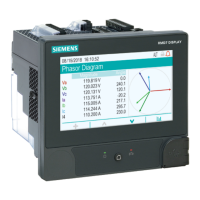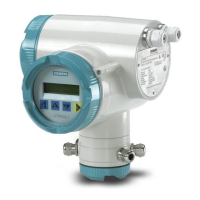Calculate the number of required pulses
The reference test equipment typically requires you to specify the number of pulses required for a
test duration of “t” seconds.
Normally, the number of pulses required is at least 25 pulses, and the test duration is greater than
30 seconds.
Use the following formula to calculate the required number of pulses:
Ne Number of metering elements used
V
Test point voltage in line-to-neutral volts
(V) per phase
I Test point current in amps (A) per phase
t
Test duration in seconds (s) which must
be longer than 30 seconds
PF Power factor
Kt
Pulse constant programmed in the meter
under test in Wh/pulse
Round up the result of the calculation to the nearest integer number of pulses.
Calculation for number of required pulses
This example calculates the number of pulses required for an inductive load 3-phase test point
with a test duration of 60s; the source is configured to use V = 120V, I = 5A, PF = -0.5; the pulse
constant of the meter under test is Kt = 1.8 Wh/pulse.
Round the number up to the nearest integer: Number of pulses = 9
Percentage error calculation for accuracy verification testing
Accuracy verification testing requires you to calculate the percentage error between the meter
being tested and the reference/standard.
Calculate the percentage error for every test point using the following formula:
Energy error = (EM - ES) / ES x 100%
Where:
•
EM = energy measured by the meter under test
•
ES = energy measured by the reference device or energy standard.
9810 series - User manual Verifying accuracy
7EN05-0390-08 286

